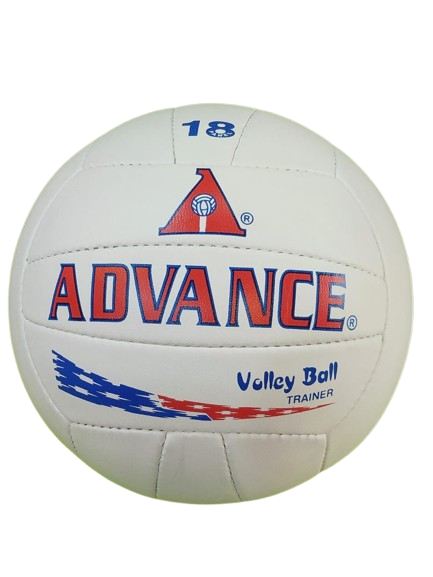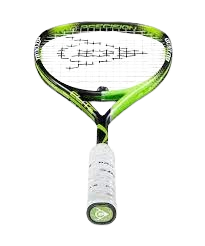A **volleyball with 18 panels** is the standard for competitive and professional play. The design and construction of these panels contribute to the ball’s aerodynamics, control, and durability. Here’s a long description of the 18-panel volleyball:
**Design and Structure**
The 18-panel volleyball is constructed by sewing together 18 equally shaped panels of synthetic leather or composite materials. These panels are typically arranged in a distinct pattern around the spherical shape of the ball, providing balance and stability when hit. The design of the panels ensures the ball’s smooth surface while still maintaining enough grip for players to control the ball during passes, sets, and spikes.
1. **Panel Material**: The outer panels of the ball are made from high-quality materials like synthetic leather, microfiber, or polyurethane. These materials provide the right texture for grip without being too rough on the hands, making it easier for players to perform quick, controlled plays.
2. **Panel Layout**: The 18-panel design consists of six sets of three rectangular or hexagonal panels. These are stitched together in a way that optimizes the ball’s symmetry, contributing to better flight stability and consistency. The design minimizes air resistance, which helps the ball travel more predictably during serves, spikes, and passes.
3. **Stitching**: The panels are sewn together using a strong, durable thread to withstand the rigorous impacts of volleyball play. Some high-end models use heat-sealed seams instead of stitching, further enhancing the ball’s durability and reducing water absorption when used in outdoor or beach volleyball settings.
**Interior Components**
1. **Bladder**: Inside the ball, there’s a rubber or latex bladder that holds the air. This bladder is designed to maintain the ball’s round shape and provide a consistent bounce. High-quality volleyballs use a butyl bladder, which offers superior air retention, allowing the ball to stay inflated longer with minimal pressure loss.
2. **Layering**: Between the panels and the bladder, some volleyballs feature a layer of foam or other cushioning materials. This layer adds softness to the ball, making it more comfortable for players when hitting or receiving, while also improving the ball’s responsiveness.
**Performance Attributes**
1. **Flight Stability**: The 18-panel construction enhances the volleyball’s aerodynamics, offering better flight stability compared to older designs with fewer panels. This means players can rely on the ball to travel more predictably when serving or spiking.
2. **Control and Feel**: The texture of the panel material and the ball’s overall structure provide players with excellent control during play. The slight give in the ball’s surface allows players to perform accurate passes, quick sets, and powerful spikes without losing control.
3. **Durability**: The 18-panel volleyball is designed to withstand high levels of impact, making it suitable for both indoor and outdoor play. The combination of high-quality materials and advanced construction methods ensures that the ball remains durable even after extended use in competitive environments.
4. **Size and Weight**: Official volleyballs with 18 panels follow standard size and weight regulations set by organizations such as FIVB (Fédération Internationale de Volleyball). The circumference is usually between 65–67 cm (25.6–26.4 inches), and the weight ranges from 260–280 grams (9.2–9.9 ounces).
**Surface and Texture**
The surface of the 18-panel volleyball has a textured finish to enhance grip. This texture is subtle enough to maintain the ball’s smooth appearance but provides enough friction for players to have precise control, especially during serves and attacks.
**Pressure and Bounce**
The recommended internal pressure for an 18-panel volleyball is typically between 0.30 and 0.325 kg/cm² (4.26–4.61 psi). Proper inflation is crucial for maintaining the ball’s shape and ensuring optimal bounce and flight characteristics.
**Visual Design**
Volleyballs often feature colorful designs on their panels, which not only makes them visually appealing but also helps players and spectators track the ball’s movement during play. The contrast in colors between the panels also aids in improving visibility, especially when the ball is spinning quickly in the air.
—
**Common Usage and Applications**
– **Indoor Volleyball**: These volleyballs are widely used in indoor court settings, where their performance characteristics are optimized for wooden or synthetic surfaces.
– **Beach Volleyball**: While beach volleyballs tend to differ slightly in terms of weight and size, some 18-panel balls are also designed for beach use, with specific coatings to resist water and sand damage.
– **Training and Competitions**: The 18-panel volleyball is the standard for both training and official matches. It is used in various levels of play, from local leagues to international tournaments like the Olympics.
The **18-panel design** is integral to the volleyball’s overall performance, ensuring a balance between control, durability, and flight consistency, making it the preferred choice for athletes at all skill levels.








Reviews
There are no reviews yet.